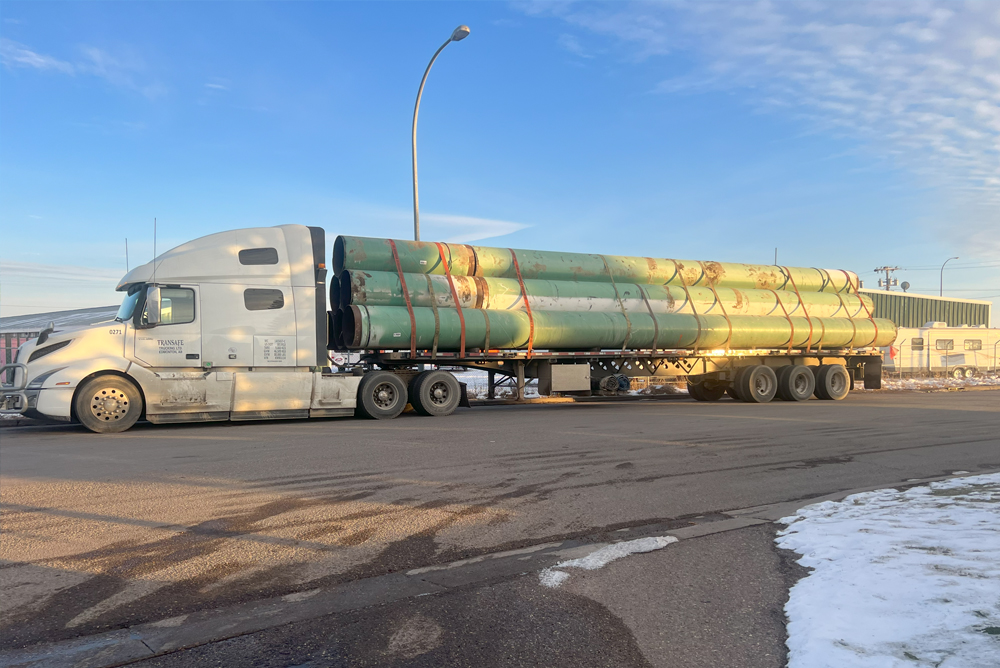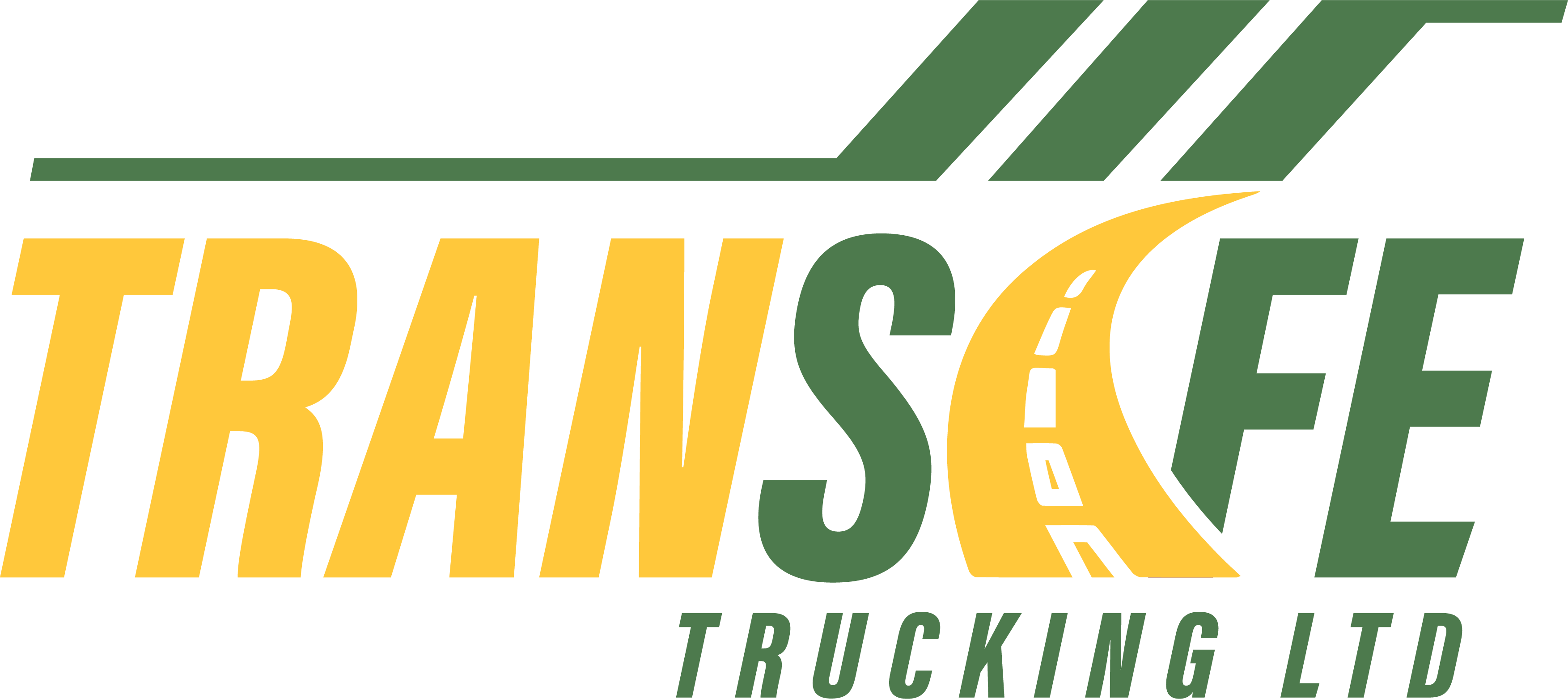- Call on : 587-710-3214
- transafe.trucking@outlook.com
- 1503 37A Avenue NW Edmonton, AB
Oilfield Industries
- Home
- Oilfield Industries

Oilfield Industries
The oilfield industry plays a pivotal role in meeting global energy demands, driving economic growth, and shaping geopolitical landscapes. This dynamic sector encompasses a vast array of activities, from exploration and drilling to production and distribution. In this comprehensive exploration of the oilfield industry, we will delve into its key components, technological advancements, environmental considerations, and the broader impact on the global economy.
Exploration and Discovery
At the heart of the oilfield industry lies the process of exploration and discovery. Geologists and geophysicists employ advanced technologies such as seismic surveys to identify potential oil and gas reserves beneath the Earth’s surface. Once a promising location is identified, exploration wells are drilled to assess the viability of extracting hydrocarbons.
Drilling and Extraction
Drilling is a critical phase in oilfield operations, where advanced drilling technologies, including rotary drilling and directional drilling, are employed to reach and extract hydrocarbons. Offshore drilling platforms and onshore drilling rigs are strategically positioned to tap into reservoirs. Extraction methods vary, with primary, secondary, and tertiary recovery techniques employed to maximize resource recovery.
Production and Refining
Following successful drilling and extraction, the produced crude oil undergoes a series of processes to transform it into usable products. This refining stage involves separating crude oil into its constituent components through distillation and other refining processes. The resulting products include gasoline, diesel, jet fuel, lubricants, and various petrochemicals crucial to industries such as plastics and pharmaceuticals.
Transportation and Distribution
Efficient transportation and distribution networks are paramount in delivering petroleum products to end-users. Pipelines, tankers, and railroads form the backbone of the oil and gas transportation infrastructure. These networks traverse vast distances, connecting oilfields to refineries and refineries to distribution centers, ensuring a steady supply of energy products to meet global demands.
Technology Advancements in Oilfield Operations
Technological innovation has been a driving force in the evolution of the oilfield industry. Automation, artificial intelligence, and the Internet of Things (IoT) are revolutionizing drilling processes, enhancing safety, and optimizing production. Advanced reservoir modeling and simulation tools enable more accurate predictions of reservoir behavior, contributing to improved decision-making.
Environmental Considerations and Sustainability
With growing concerns about environmental impact and climate change, the oilfield industry is facing increased scrutiny. Efforts are underway to minimize the environmental footprint of oil and gas operations. Innovations in cleaner drilling technologies, carbon capture and storage (CCS), and renewable energy integration are becoming focal points as the industry strives for sustainability.
Economic Impact and Global Significance
The oilfield industry is a major driver of global economic activity, influencing both developed and developing economies. Nations rich in oil reserves often experience economic booms, while those reliant on oil imports must carefully manage their energy security. The industry’s economic impact extends beyond oil-producing regions, affecting industries such as manufacturing, transportation, and finance.
Challenges and Future Trends
The oilfield industry faces several challenges, including fluctuating oil prices, geopolitical uncertainties, and the imperative to transition toward cleaner energy sources. As the world shifts towards renewable energy, oilfield companies are diversifying their portfolios, investing in alternative energy solutions, and exploring sustainable practices to adapt to a changing global energy landscape.


